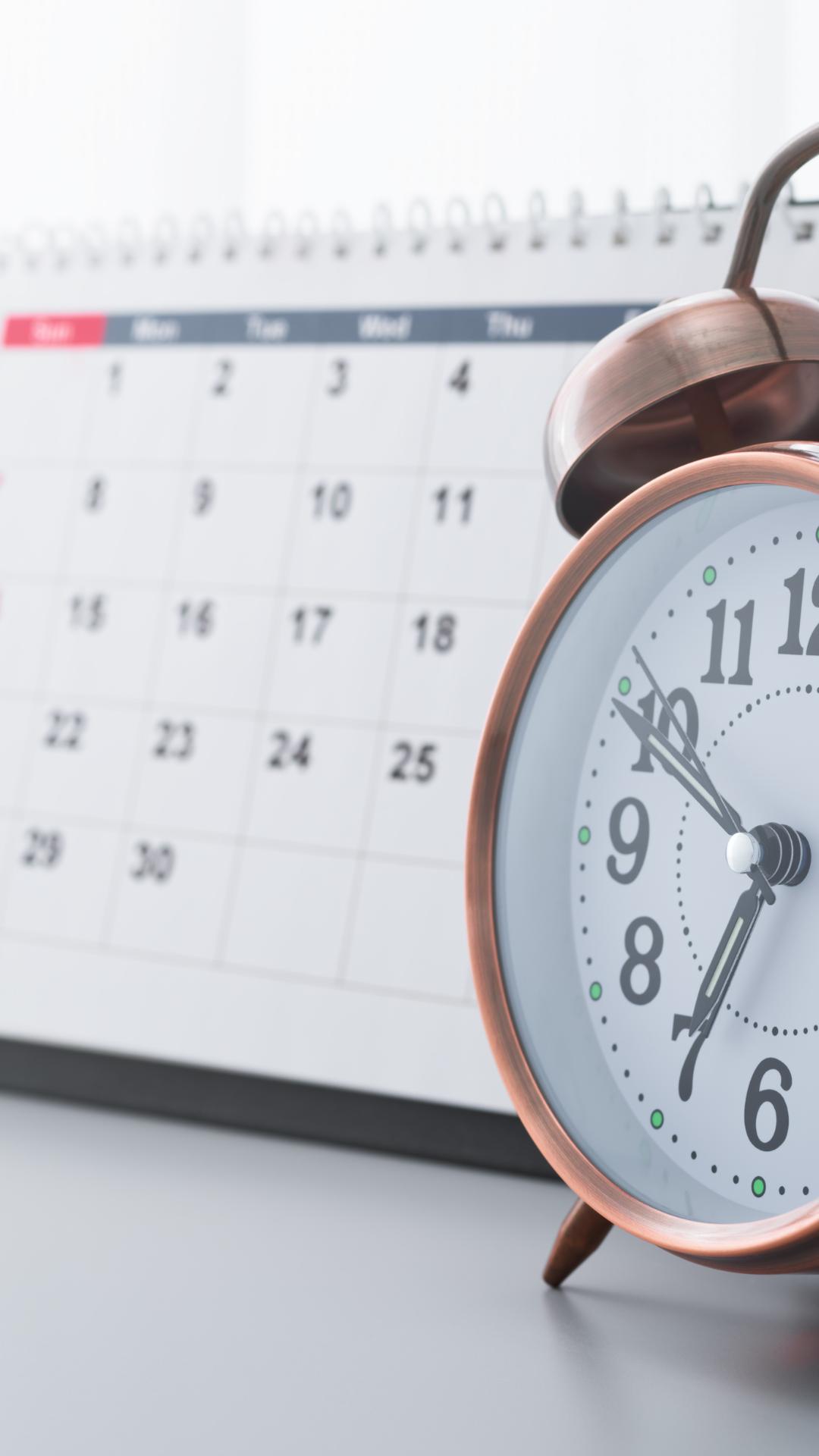
10 Ways To Conquer Laziness At Work
Improve your workday output with simple strategies.

Take On The Difficult Work First
Follow the Eat The Frog strategy and tackle the toughest piece of work first, in the morning, when you are full of beans. It's a good start and builds momentum for the rest of the day.

Identify End Result
Setting clear goals is a powerful way to navigate the steps towards achieving what you want and it tracks how far you’ve come. Some studies in cognitive psychology have shown that positive visualisation enhances motivation.

Follow A Strict Time Schedule
Decide on a fixed time for each bit of work rather than waiting until you feel like it. Studies on work habit formation suggest that a consistent routine trains your brain to switch into work mode automatically.
Identify As A Doer, Not A Dawdler
Sit and take a long deep breath and say to yourself, like a mantra: 'I am someone who takes action'. Your brain is more likely to follow through when your actions align with your identity.
Imagine Failing And Work Backwards
Pre-mortem thinking, as it is called, helps you avoid failure before it can happen, so it does not happen. Visualise what you don't want happening and work towards it not happening, so you have a self-fulfilling prophecy.
Reward Yourself Even For Small Achievements
Take coffee break, a walk for a few minutes, or just acknowledging progress, can keep you going. Dopamine, the brain motivation chemical, responds well to small, regular frequent rewards.
Find Someone To Check In With You
A colleague, friend, or your office friends can be your progress tracker. Someone keeping tabs on you can increase accountability and helps you stay on the job.
Change Your Work Setting
Sometimes laziness is just boredom in disguise. Rearranging your desk, adjusting lighting, sitting comfortably, adding plants, or working in a different location can refresh your energy and focus on work.
Use The Two-Minute Rule
If something takes less than two minutes, do it immediately. This prevents small tasks from piling up and makes bigger tasks feel less overwhelming.
Think About Your Aim
When you start your day, mentally sketch a picture of yourself at the end of the day. Will you be proud of what you accomplished? Or will you regret putting things off? The more you connect with your aim, the more likely you are to get there.